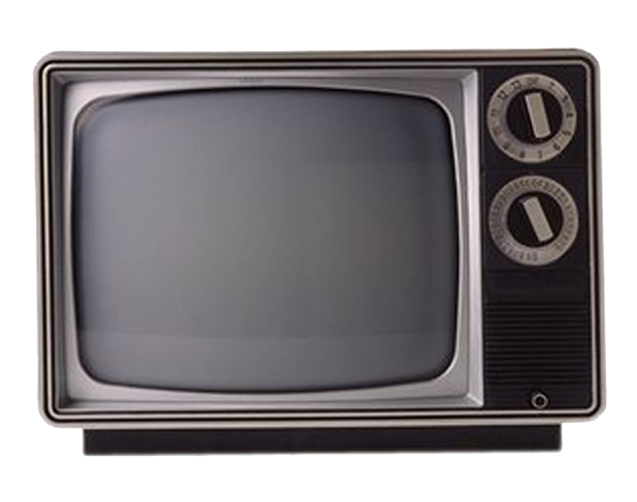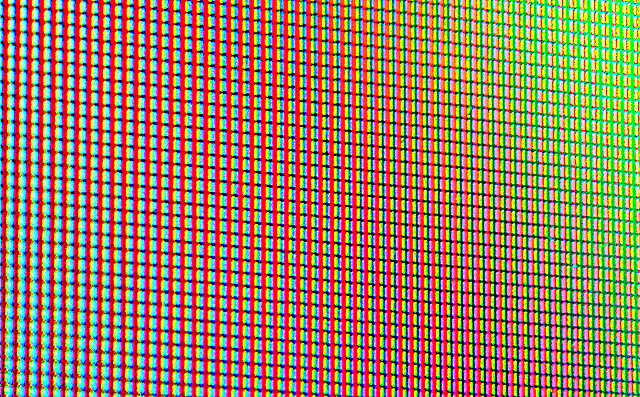Here in very late 2021, we find ourselves in a very interesting point in the evolution of the humble television. It seems like one of the few times in the last 50 years when there really isn’t a big revolution brewing in television technology. At least there isn’t one that I can think of. Yes, I know there will be some of you who have one innovation in mind, but don’t worry, I’ll get there.
The innovations of the past

Televisions have changed A LOT since I was a kid. I happened to see a lot of those innovations closeup because my elders worked in tech companies. One of the first things I remember was the impact of simple integrated circuits and solid state technology on televisions.
Before about 1973, it was rare to see a TV that would stay tuned to a channel for very long. If you wanted to watch, you were fussing with the antenna or adjusting a fine-tune knob at least once an hour. Early computer technology — and I mean VERY early — helped TVs to lock onto a channel and hold it as long as the TV didn’t move. Another innovation read the TV signal itself and did very basic adjustments to the video. Again, this was a really massive shift for TVs and made them a lot more user-friendly.
Digital tuning
A few years later you started to see more powerful computer chips. Not powerful by our definition today, but powerful enough to allow push-button tuning. Just being able to press a number pad on a remote to get a channel was huge. It shortened channel change times and really benefited UHF stations that previously could take up to a minute if you had to spin the knob. (Remember kids, if you spun the knob too fast it would break, so you had to take it slow.)
Stereo, SAP, and closed captioning
The 1980s brought widespread availability of both stereo and alternate language programming. For most people the real benefit was that TV shows just sounded better. Prior to this there wasn’t a real focus on the way TV sounded.
At the same time, new TVs were equipped with closed captioning devices. Even though these were originally designed to help people with hearing impairments, regular folks found that watching the TV “on mute” opened up a whole new option for them. If the kids were asleep or your partner was reading, you could still watch.
Flat picture tubes and different inputs
In the 1990s, the world fell in love with the flat picture tube. Older TVs were sort of bowed out at the center, and with a flat tube you got less distortion and often a brighter picture. High-end TVs started to sport RCA and S-Video connections to improve the picture even more. At this point more and more people were watching TV using cable or satellite and these high-end inputs improved the quality of the watching experience.
HD and flat panels

Of course the 2000s belonged to high definition and flat screens. Larger TVs plunged in price, going from $20,000 and up in 2000 to under $1,000 in 2010, while screen sizes went up and up. High definition became the law of the land in 2009, finally, and people jumped at the opportunity to watch something that looked better than it ever had before.
Cost savings
TV makers really wanted the 2010s to be about 4K and HDR, but people didn’t care until TV prices started dropping like a stone. When it got to the point that you could get a very serviceable 65″ smart 4K TV for under $600, people started buying them. I don’t think the average person really bought into the idea that they were really better, but for $600 it was worth retiring that first-generation flatscreen with the big silver bezels.
What’s coming now?
Now, you’ve read through a lot of words, and you’re probably thinking that the next trend is ATSC 3.0 broadcasting. This next generation of broadcasting promises 4K over the air and internet-delivered on-demand features. The problem of course is that it’s stalled, it’s not really moving forward, and it’s hard to know when it’s really going to take off.
It could easily be four more years before we see a real “tipping point” for this technology, if ever. Unfortunately, that’s up to the US government and that… is kind of a problem.
TV manufacturers will want you to look at your TV as a designer device now. In order to drive prices back up, premier TV makers have created units that look like art pieces, or that disappear when not in use. The average person may think this is neat but that’s probably not going to become mainstream.
Oh, I should mention 8K because someone else will. I don’t think 8K is really on the horizon unless the 8K TVs get cheap. End of story.
Getting better all the time?
I think the next trend in TVs will be better quality. Not better picture quality, just better quality. Prices have come down as low as they can. If you look at a lower-end TV, though, you’ll find the materials aren’t that good. The thing isn’t durable at all, and the screen is probably plastic, not glass.
I think that with advances in manufacturing, you’ll see TVs that can stand up to a little more punishment in the home without breaking. It’s time to realize that after almost 25 years of growth, the TV market has become very stable. People don’t want to pay more, but they also don’t want to replace the TV every 5 years. There probably isn’t a new technology coming, at least not on the hardware side.
It would would be nice if a $500 TV had upgradeable firmware to the extent that you could add new capabilities as they do come up. Most people learned with their first smart TV that the “smart” part stops working after about 3 years. It would be nice if these TVs could have a longer lifespan, even if it’s something you have to pay to upgrade in a few years.
Sound off! What do you think will be the next big wave in TV tech? Or do you think that TVs are just so mature that there’s no more growth to be had? Leave a comment below!





